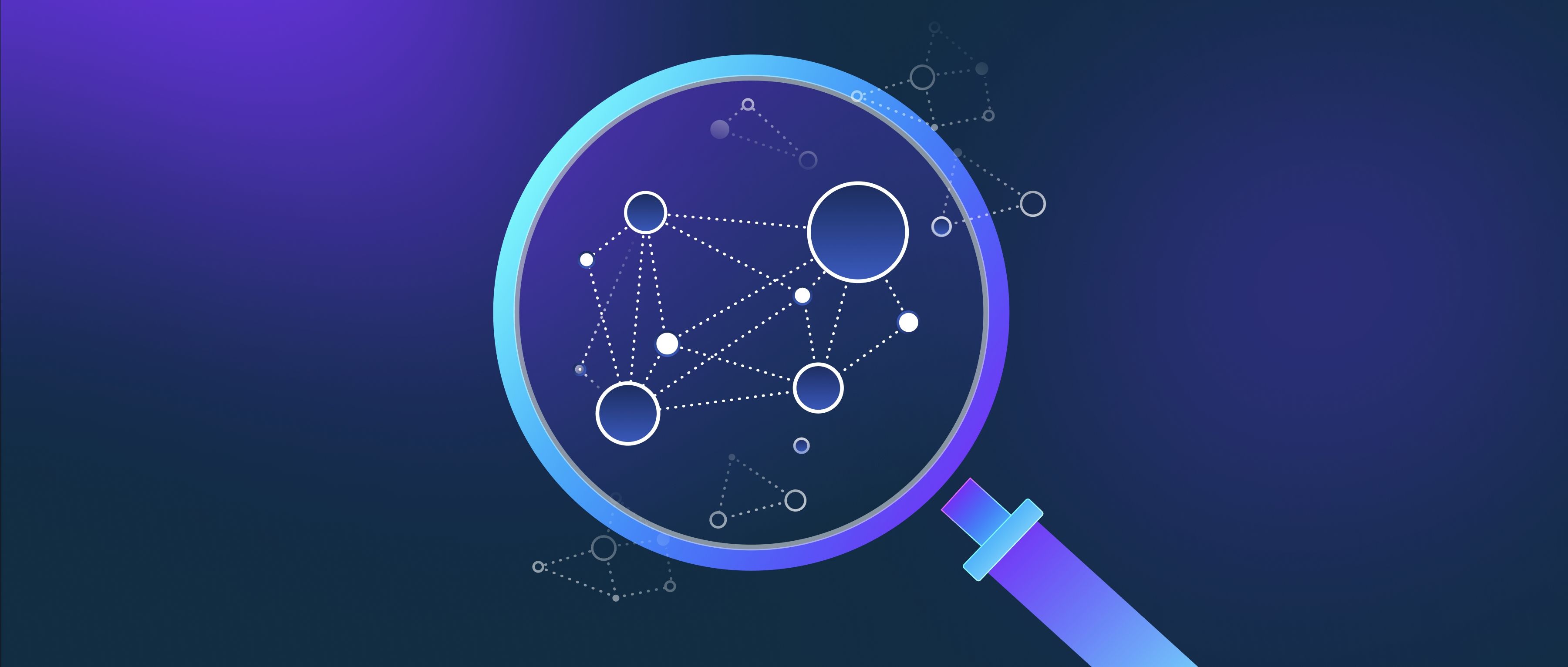The concept of "learning to learn" in few-shot learning refers to a machine learning approach where a model is designed to adapt quickly to new tasks with only a small number of training examples. Instead of being trained extensively on a large dataset for a specific task, the model learns generalized strategies or patterns from a broader range of tasks. This allows it to apply what it has learned to new scenarios effectively. Essentially, the model is not just learning from individual instances, but also from the process of learning itself, making it more flexible and adaptable.
For instance, consider a scenario where a few-shot learning model is tasked with recognizing different species of birds based solely on a few images of each bird. Instead of requiring thousands of labeled images per species, a well-designed few-shot learning model can learn the key characteristics that distinguish these species from just a handful of examples. It uses the knowledge gained from previous tasks—such as identifying other animals or objects—to improve its performance in this new task. This means that instead of starting from scratch, the model is leveraging previously acquired knowledge, effectively "learning to learn."
This capability is especially beneficial in situations where data scarcity is a challenge, such as in medical diagnostics or anomaly detection, where acquiring labeled data can be expensive or time-consuming. For technical professionals, understanding this concept emphasizes the importance of model architecture and how training strategies can impact a model's adaptability. By focusing on generalizations rather than specifics, few-shot learning enables developers to build systems that are not only efficient but also capable of handling a variety of tasks with minimal data.
